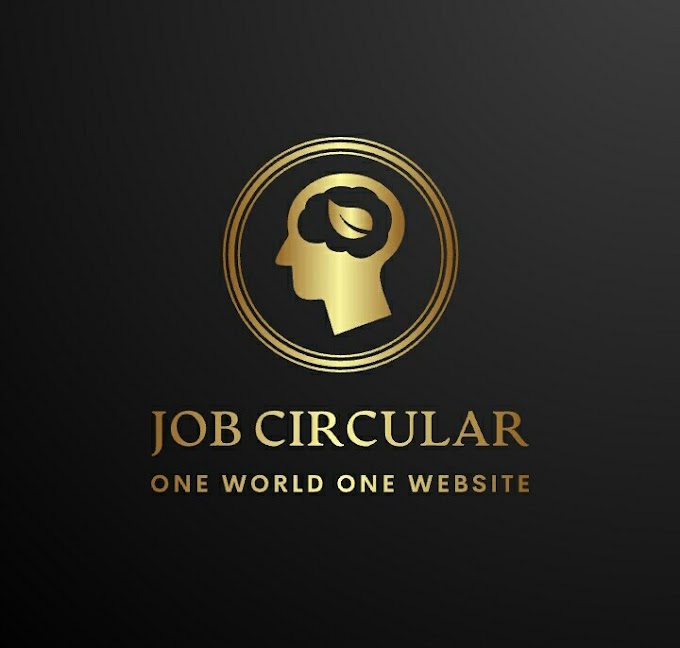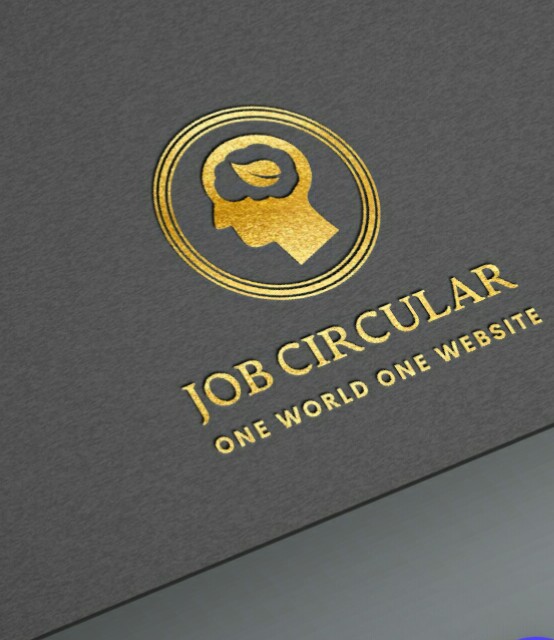A COVID-19 vaccine might be ready within 18 months. But what happens then?
The world is currently on pause, buying time while an effective vaccine against COVID-19 is developed. Already, several vaccines have entered human trials, and discussions have begun about how the most promising candidates might be manufactured.
“We aren’t sure which vaccines will be the most effective yet, and each requires unique technology to make,” says Bill Gates, co-chair of the Bill & Melinda Gates Foundation. “That means nations need to invest in many different kinds of manufacturing facilities now, knowing that some will never be used. Otherwise, we’ll waste months after the lab develops an immunization, waiting for the right manufacturer to scale up.”
Assuming everything goes to plan,12 to 18 months from now, the first COVID-19 vaccines will start to roll out of one of those plants in bulk. What then?
Developing and manufacturing a vaccine against COVID-19 is only part of the solution. Without galvanizing the political will and developing the infrastructure to ensure that the vaccine is distributed equitably, to every person who needs it, in every corner of the globe, this disease will continue to stalk mankind for many years to come.
“This is a global pandemic, so it affects everybody. The best way for us all to be protected is to have an equitable approach to access—to ensure we’re doing what makes the most sense for the pandemic and for all of our protection, not just whoever can spend the most money,” says Brad Tytel, a senior program officer at the Gates Foundation, who is helping to coordinate its policy and advocacy response to the COVID-19 crisis.
The good news is that there are organizations with extensive expertise in vaccine delivery. UNICEF, for example, purchases vaccines to immunize almost half of the world’s children against preventable diseases, and Gavi, the Vaccine Alliance, makes sure those vaccines actually get to the kids in need. Since its founding in 2000, Gavi and its partners have vaccinated more than 760 million kids in 73 of the world’s poorest countries.
Building the supply chain…before the supply
Ensuring that the vaccines reach every country’s health system and distribution network safely and reliably is a considerable challenge. “It all comes down to supply chain,” says David Sarley, another senior program officer at the Gates Foundation, who works in the health systems team. Most vaccines are sensitive products; if they get too hot or too cold, they’ll lose their potency and no longer work as effectively. So, vaccines are transported from factory to clinic through a series of temperature-controlled steps, called the cold chain. They are often flown long distances in the holds of passenger planes, after which they must clear customs, and then be transported to refrigerated national storage facilities. From here, they are usually hauled overland by truck or motorcycle to regional facilities, before finally being transported to the clinic—sometimes even being walked the final leg on the back of a healthcare worker.
“That alone is a complex chain of custody and coordination, with many hands involved,” says Sarley. “Now you add in COVID-19, and each part of that supply chain is affected in one way or another.”
Since the world became aware of the novel coronavirus in January 2020, many countries have imposed travel restrictions to prevent infected people crossing their borders, with aircraft being grounded. Fewer flights mean vaccines must compete with other priority cargo, which can cause delays. Problematic as this is for essential supplies such as personal protective equipment (PPE), it’s even more of an issue for vaccines, because they must be kept refrigerated. So, already, at least 21 low- and middle-income countries are reporting shortages of vaccines for polio, measles, and human papillomavirus (HPV) due to border closures and disruptions to air travel.
Even if vaccines make it across borders, social distancing measures, redeployment of frontline workers, plus the possibility of large numbers of people falling sick could further disrupt the cold chain and reduce vaccine delivery to patients—including a future vaccine against COVID-19.
https://bdtech2.wordpress.com
https://m.facebook.com/home
https://bdtech2.wordpress.com
https://m.facebook.com/home
















0 Comments